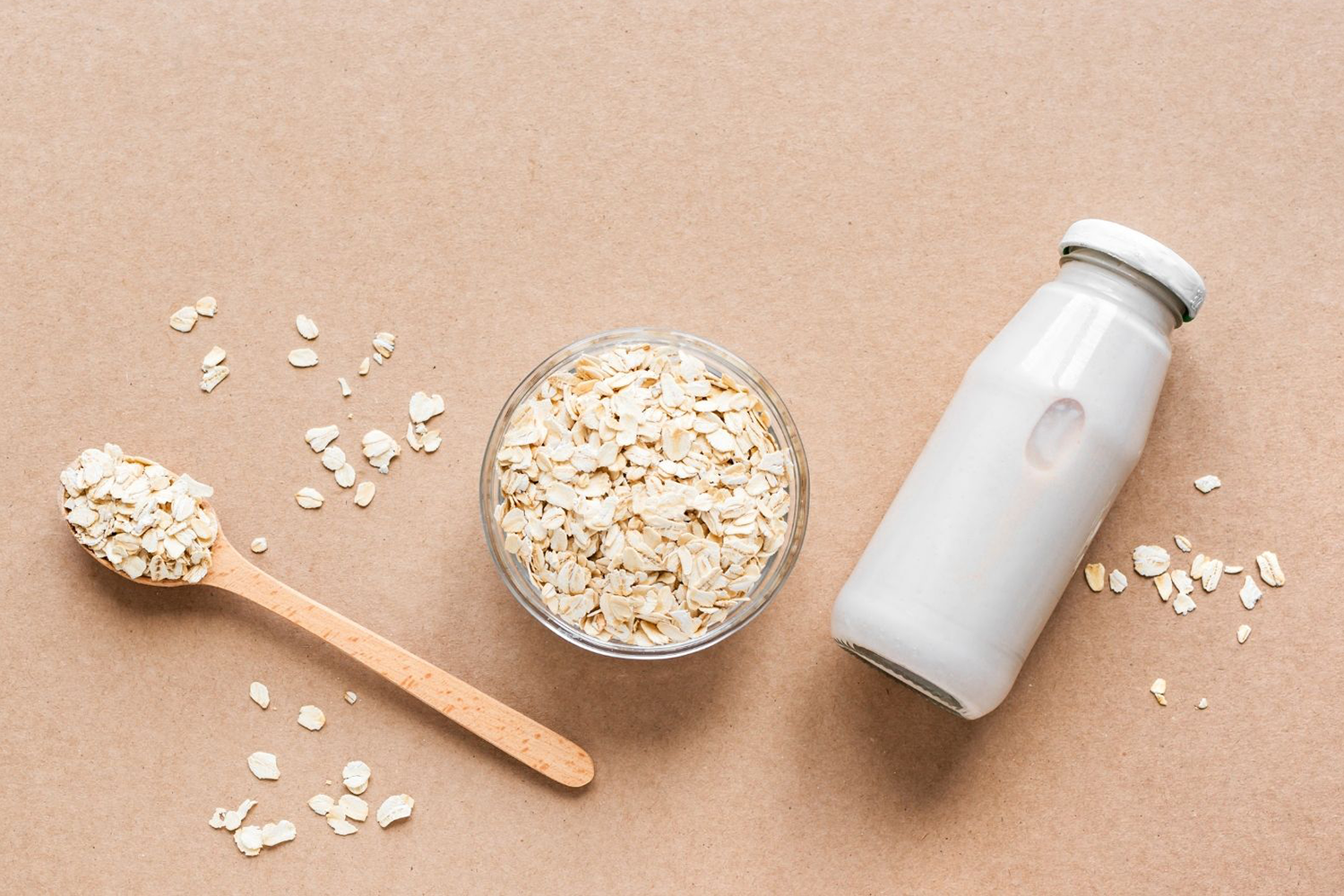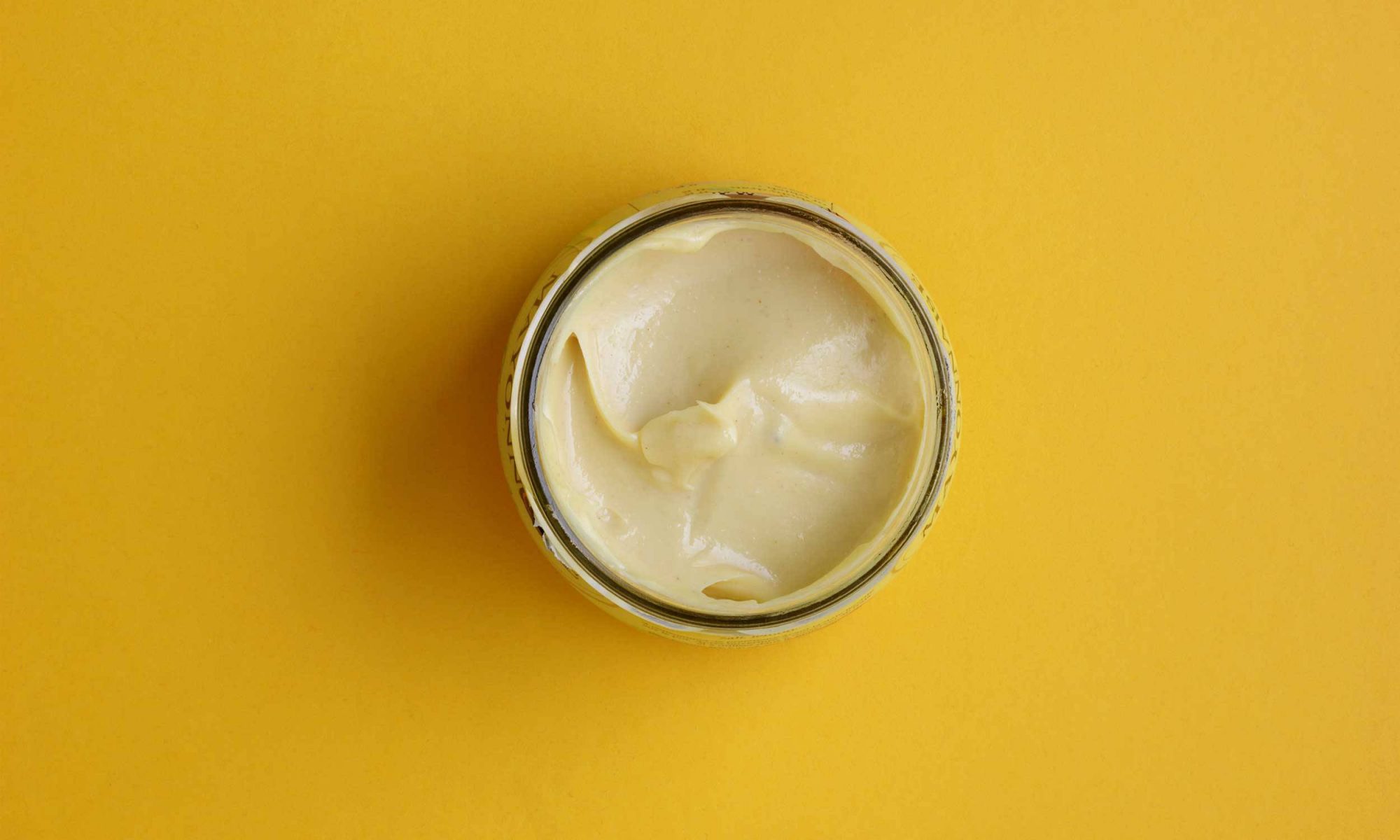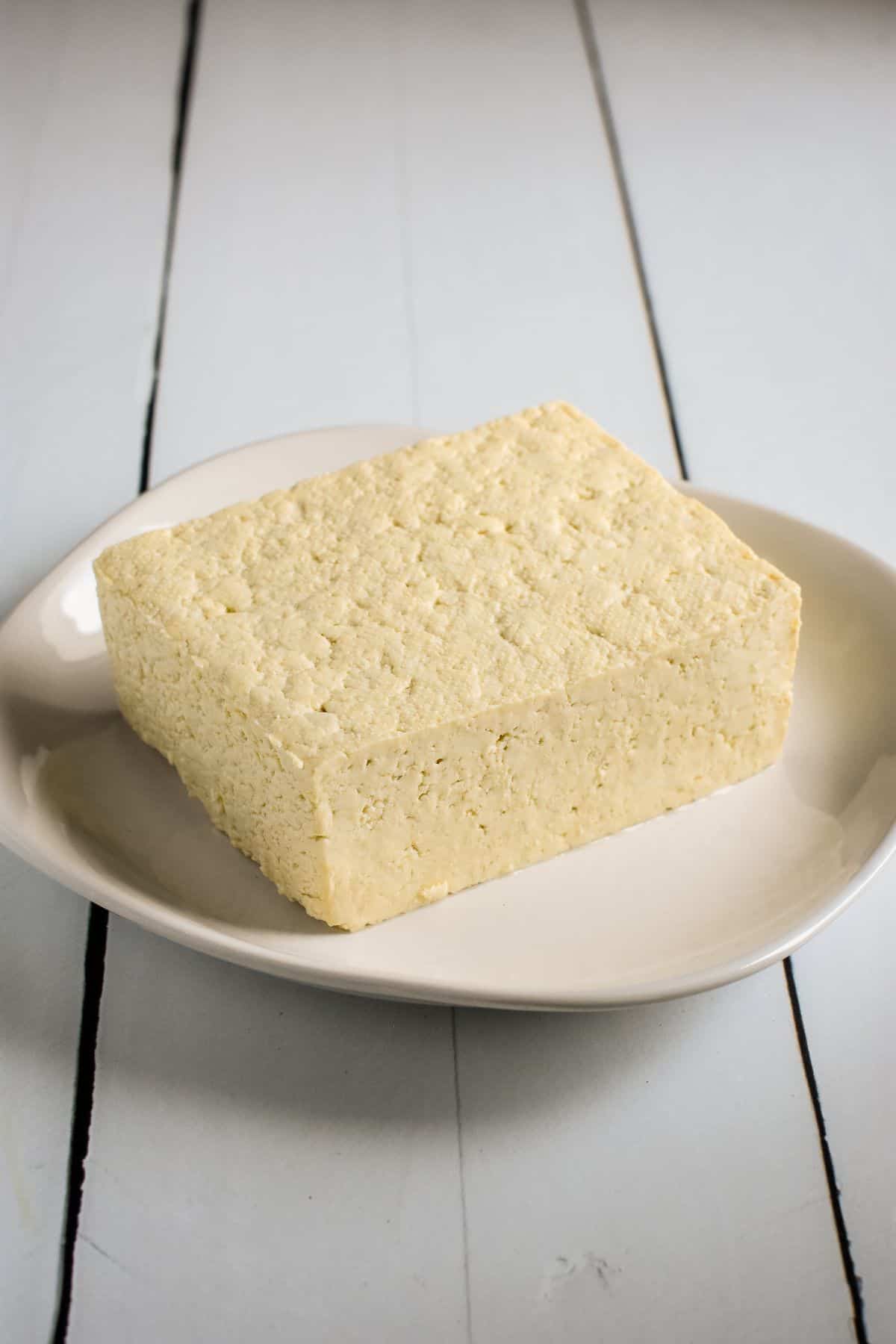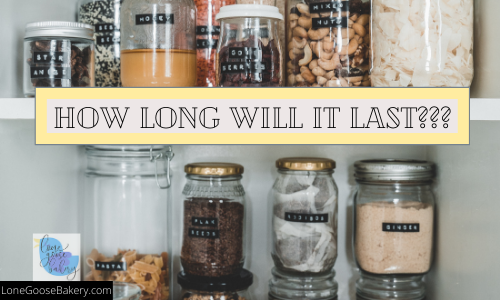Does Ghee Go Bad? Shelf Life, Storage Tips
– Ghee does not go bad easily and can last for a couple of years if stored in stable temperatures.
– Rancid ghee has a distinct odor, sour taste, and is often stark white in color.
– If the ghee smells off, has mold or discoloration, or the quality is not good enough, it should be thrown out.
– Old ghee can be used as an eye makeup remover, hair oil, or skin moisturizer.
– Ghee does not contain milk solids and has very little moisture in it, which helps prevent spoilage. Ghee does not require refrigeration and can be stored in the pantry. However, storing it in the fridge can help it retain quality for a longer period of time.
– Ghee typically has a shelf life of one to two years when unopened.
– Once opened, ghee should be used within 6 months for best quality.
– Ghee does not go bad immediately after the best-by or use-by date on the label.
– The quality of ghee gradually degrades over time.
– Ghee can be used for months after the best-by date if it is still safe to eat.
– Storing ghee in the fridge is better for long-term storage compared to the pantry.
– Ghee can be stored in the freezer indefinitely but may slowly lose quality over time.
– Different manufacturers have different suggestions for how long ghee should be used after opening.
– Ghee will last longer if stored properly.





